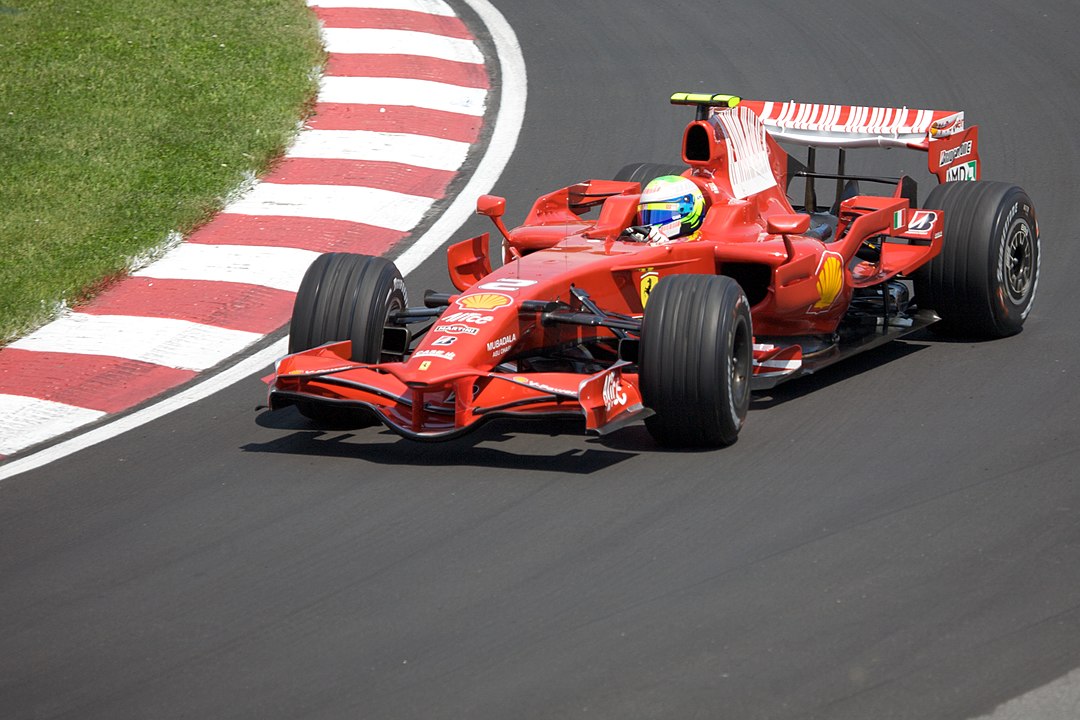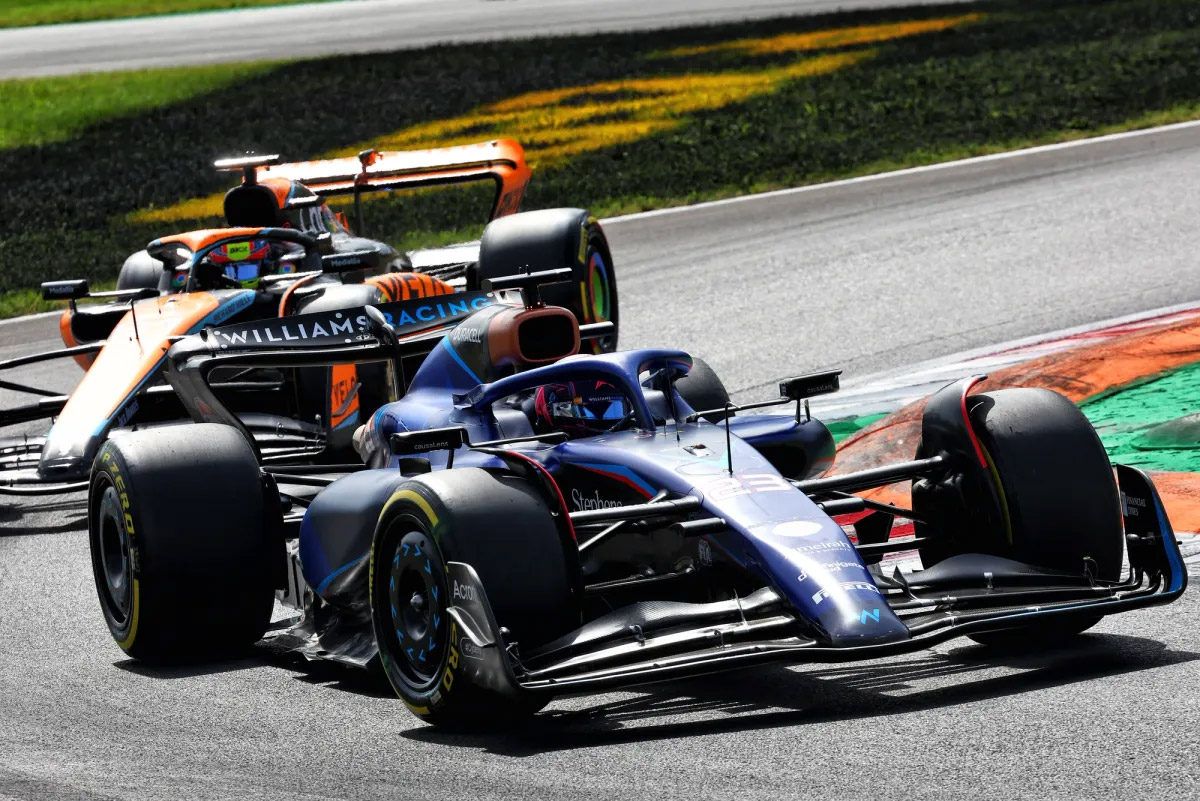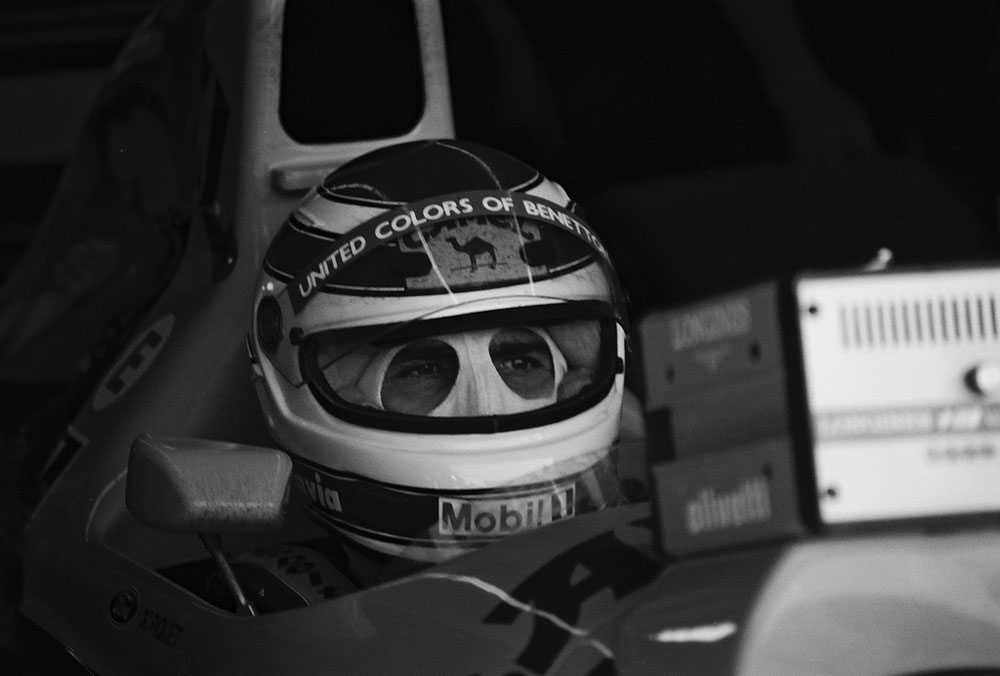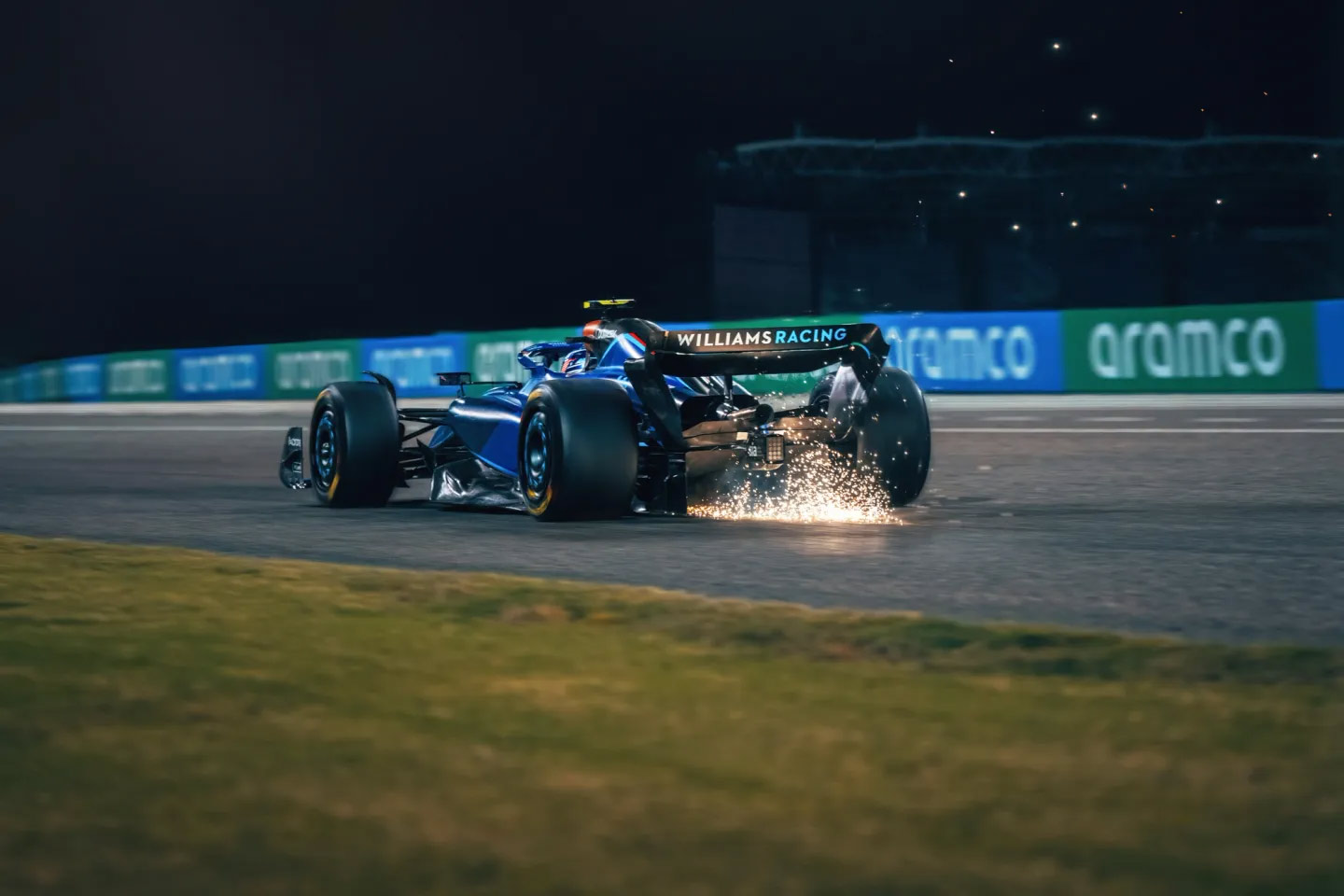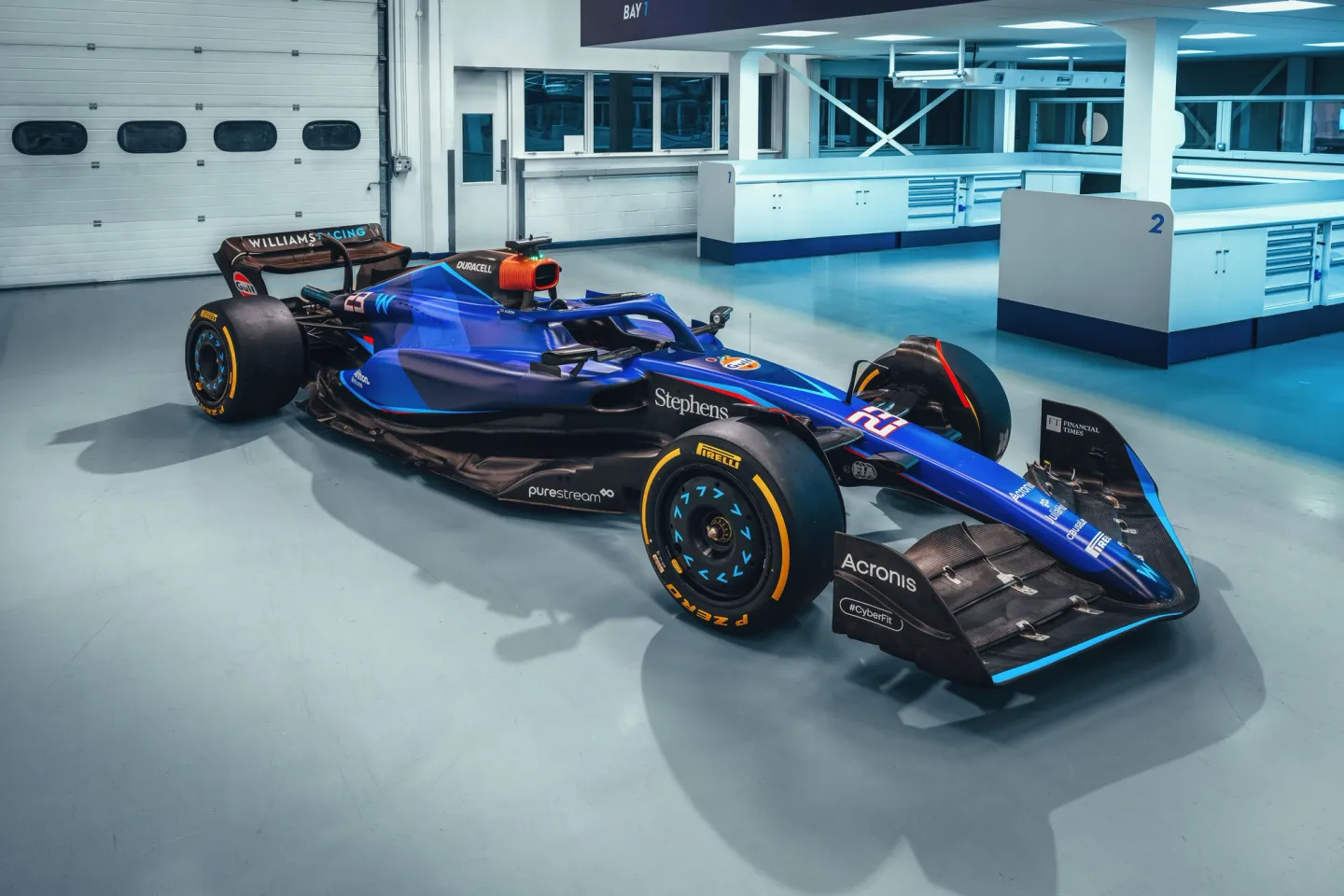Williams was an idea born out of Frank Williams desire to get a team back into Formula 1, following his ousting from Wolf-Williams – the team he originally founded as Frank Williams Racing Cars in 1969.
Frank Williams Racing Cars
In the late 1960s, Frank Williams bought a Brabham BT26 with which his friend and driver Piers Courage would enter the 1969 F1 World Championship.
A second place in only their second outing in the Monaco Grand Prix, and a further second place before the season was out got Williams off to a terrific start in F1.
Williams’ second season was memorable too, but for all the wrong reasons. In the midst of a poor season where their new bespoke De Tomaso chassis was proving to be difficult to drive and well off the pace, driver Piers Courage was killed in the 1970 Dutch Grand Prix, and the team failed to finish a race for the remainder of the season.
Four seasons of living hand to mouth followed, where a series of fleeting sponsorship deals and short-term pay drivers kept Frank Williams Racing Cars afloat, managing just a single podium in the fifty or so Grand Prix the team entered.
In 1976 Walter Wolf bought a 60% share in the team and it appeared Wolf-Williams (as it was now known would have the investment it sorely needed to compete. However, the relationship between Wolf and Williams was a fractious one, and Williams found himself ousted from the team he founded.
Williams Grand Prix Engineering
Sir Frank wasn’t done with Formula 1, and after a difficult period of soul searching he, together with engineer and friend Sir Patrick Head, founded another Grand Prix team – Williams Grand Prix Engineering in 1977, making their debut in the Spanish Grand Prix of that year, with Belgian driver Patrick Neve.
Neve brought with him sponsorship from Belle Vue brewieries, and it looked like Williams Grand Prix Engineering would simply be a continuation of Frank Williams Racing Cars.
However, a deal with Saudia – the Saudi national airline – brought a massive injection of cash that allowed Frank and Patrick to both properly fund Williams’ first car – the FW06 – but also bring in a top Grand Prix driver, Alan Jones.
In their second season, Williams, with Jones as their sole driver, scored their first podium at Watkins Glen (incidentally the first Grand Prix they finished ahead of Wolf Racing – the team that began life as Frank Williams Racing Cars – which must have been particularly satisfying for Sir Frank).
Better was to
follow in 1979 when the FW07 – the team’s first ‘ground effects’ car powered Clay Regazzoni to Williams’ first win at the British Grand Prix at Silverstone, the team’s first 1-2 at the very next round in Germany and three further wins before the season was out.
Williams, having announced themselves on the world stage in 1979, took both the driver’s and constructors’ titles in 1980, the first of their 16 F1 World Championships.
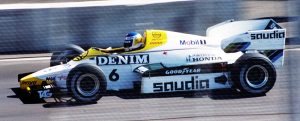
A second constructor’s title would follow in 1981, and a second driver’s title in 1982 with Keke Rosberg prevailing during one of F1’s most turbulent seasons.
Williams Racing and Adrian Newey
The partnership of Nigel Mansell and Nelson Piquet brought more glory for the team in 1986 and 1987 before the arrival of Adrian Newey in the early 1990s saw Williams at the forefront of a Formula 1 revolution in terms of technology and car design that would make Williams the most dominant force in Grand Prix racing for half a dozen years.
Newey left Williams to join McLaren in 1996 and hastened by Renault’s withdrawal from F1, the team’s fortunes took a dip.
Williams-BMW
A works deal with BMW in 2000 helped Williams back to winning ways, but their revival coincided with Michael Schumacher and Ferrari’s strongest period and they fell just short of a title.
When BMW and Williams Racing parted company in 2006 Williams were cut adrift for a number of years, with the odd podium and pole position the highlight.
With the arrival of the turbo-hybrid era in 2014, Williams’ engine deal with Mercedes Benz boosted its competitiveness and powered it to 3rd place in the WCC. But it wasn’t quite enough to get on the top step of the podium for only the second time in a decade.
Williams Racing in 2020
Williams Racing has suffered a dramatic loss of form of late as a result of a couple of fundamentally flawed cars.
However all that is about to change!!

